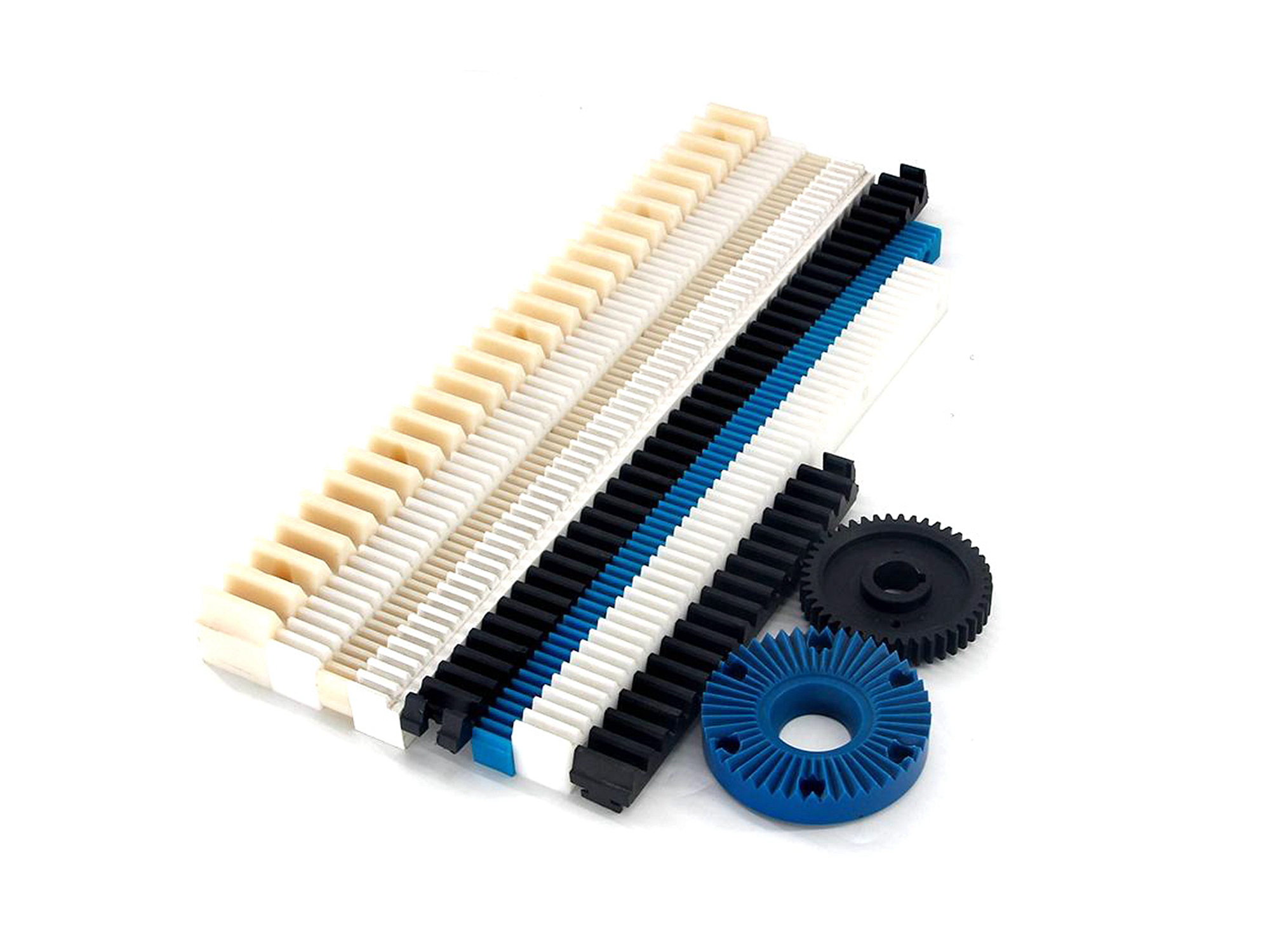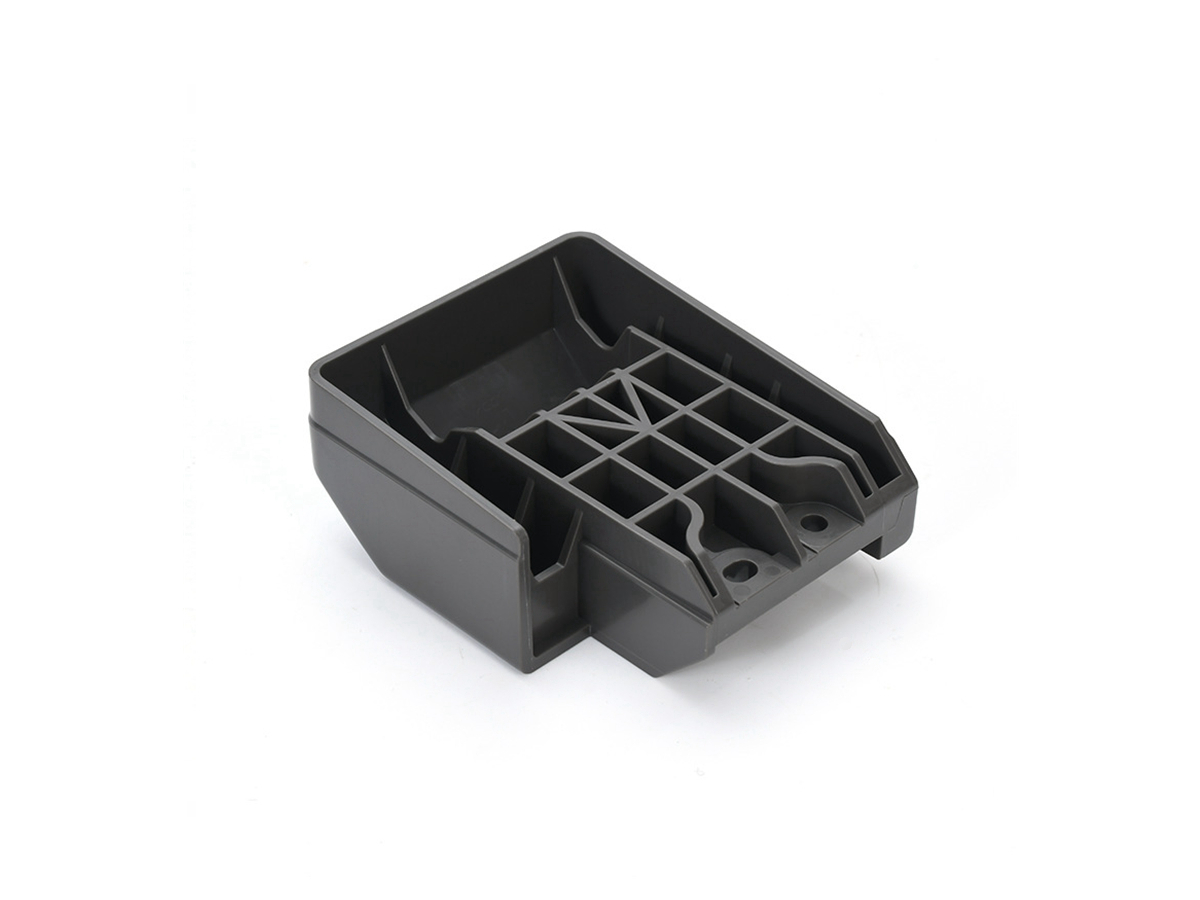Polyethylene (PE)
Introduction to Polyethylene (PE): A Versatile Material for CNC Machining
Polyethylene (PE) is a lightweight, durable thermoplastic material known for its excellent chemical resistance, low friction, and ability to withstand moderate mechanical stress. It is one of the most widely used plastics in the world, with a broad range of applications, from consumer products to industrial components. Available in several forms, including low-density polyethylene (LDPE), high-density polyethylene (HDPE), and ultra-high molecular weight polyethylene (UHMWPE), each form of PE offers unique characteristics suited to specific applications.
When used in CNC machining, CNC-machined Polyethylene parts provide excellent mechanical properties, low friction, and superior resistance to chemicals and wear. PE’s versatility and durability make it an ideal material for a wide range of applications, including automotive, medical devices, food processing, and packaging industries.
Polyethylene (PE): Key Properties and Composition
Polyethylene Chemical Composition
Element | Composition (wt%) | Role/Impact |
|---|---|---|
Carbon (C) | ~85% | Forms the polymer backbone, contributing to its strength and flexibility. |
Hydrogen (H) | ~15% | Provides flexibility and ease of processability. |
Polyethylene Physical Properties
Property | Value | Notes |
|---|---|---|
Density | 0.91–0.96 g/cm³ | Low-density for LDPE, higher density for HDPE, contributing to strength and stiffness. |
Melting Point | 115–135°C | Suitable for parts exposed to moderate temperatures. |
Thermal Conductivity | 0.40 W/m·K | Relatively low thermal conductivity, ideal for insulation. |
Electrical Resistivity | 10¹⁶–10¹⁸ Ω·m | High electrical resistance, useful for insulation applications. |
Polyethylene Mechanical Properties
Property | Value | Testing Standard/Condition |
|---|---|---|
Tensile Strength | 20–40 MPa | Excellent for general-purpose mechanical applications. |
Yield Strength | 15–30 MPa | Suitable for parts under moderate to low load. |
Elongation (50mm gauge) | 250–700% | High elongation, which provides flexibility and shock resistance. |
Brinell Hardness | 30–50 HB | Relatively soft, which allows for easy machining and processing. |
Machinability Rating | 80% (vs. 1212 steel at 100%) | Excellent machinability, providing smooth finishes and tight tolerances. |
Key Characteristics of Polyethylene: Benefits and Comparisons
Polyethylene is valued for its low cost, excellent chemical resistance, and good mechanical properties. Below is a technical comparison highlighting its unique advantages over other materials like Acetal (POM) and Nylon (PA).
1. Excellent Chemical Resistance
Unique Trait: Polyethylene is highly resistant to most acids, bases, and solvents, making it ideal for harsh environments.
Comparison:
vs. Acetal (POM): Polyethylene offers better resistance to solvents and acidic environments than Acetal, especially in harsh chemical processes.
vs. Nylon (PA): Polyethylene’s resistance to oils, fats, and certain solvents surpasses Nylon, which can degrade in these conditions.
2. Low Friction and Wear Resistance
Unique Trait: Polyethylene has a low coefficient of friction, making it ideal for parts subjected to sliding or wear.
Comparison:
vs. Acetal (POM): Both Acetal and Polyethylene have low friction, but Polyethylene’s self-lubricating properties make it superior in non-lubricated applications.
vs. Nylon (PA): Nylon has higher wear resistance, but Polyethylene excels in low-friction applications, particularly for components that need to glide smoothly without lubrication.
3. Impact Resistance and Flexibility
Unique Trait: Polyethylene is known for its excellent impact resistance and flexibility, making it suitable for parts exposed to heavy use or mechanical stress.
Comparison:
vs. Acetal (POM): While Acetal is tough, Polyethylene is more flexible and can absorb more impact before cracking.
vs. Nylon (PA): Nylon is tougher than Polyethylene, but Polyethylene is superior in impact-resistant applications that require more flexibility and elongation.
4. Low Moisture Absorption
Unique Trait: Polyethylene absorbs very little moisture, which helps it maintain its mechanical properties in humid environments.
Comparison:
vs. Acetal (POM): Polyethylene’s low moisture absorption is superior to Acetal, which can absorb moisture and change dimensions in humid conditions.
vs. Nylon (PA): Nylon has a high moisture absorption rate, which can affect its dimensional stability, while Polyethylene remains stable in wet environments.
5. Low-Cost and Versatile
Unique Trait: Polyethylene is one of the least expensive engineering plastics, which makes it an economical choice for high-volume production.
Comparison:
vs. Acetal (POM): Polyethylene is much cheaper than Acetal, which makes it a cost-effective option when strength and flexibility requirements are less critical.
vs. Nylon (PA): Nylon is more expensive than Polyethylene, making Polyethylene a more economical solution for non-critical applications.
CNC Machining Challenges and Solutions for Polyethylene
Machining Challenges and Solutions
Challenge | Root Cause | Solution |
|---|---|---|
Surface Finish | Polyethylene’s softness can lead to rough surfaces | Use sharp tools and optimize feed rates to achieve a smooth finish. |
Tool Wear | Polyethylene’s toughness and abrasiveness can cause tool wear | Use carbide-coated tools for better durability and tool life. |
Melting | Polyethylene has a relatively low melting point | Use low spindle speeds and mist coolant to prevent material melting during machining. |
Optimized Machining Strategies
Strategy | Implementation | Benefit |
|---|---|---|
High-Speed Machining | Spindle speed: 3,000–4,000 RPM | Provides smoother finishes and reduces tool wear. |
Coolant Usage | Use water-based or mist coolant | Helps prevent overheating and melting during machining. |
Post-Processing | Sanding or polishing | Improves surface smoothness and achieves Ra 1.6–3.2 µm. |
Cutting Parameters for Polyethylene
Operation | Tool Type | Spindle Speed (RPM) | Feed Rate (mm/rev) | Depth of Cut (mm) | Notes |
|---|---|---|---|---|---|
Rough Milling | 2-flute carbide end mill | 3,000–4,000 | 0.20–0.30 | 2.0–4.0 | Use mist coolant to minimize thermal expansion. |
Finish Milling | 2-flute carbide end mill | 4,000–5,000 | 0.05–0.10 | 0.5–1.0 | Climb milling for smoother finishes (Ra 1.6–3.2 µm). |
Drilling | Split-point HSS drill | 2,000–3,000 | 0.10–0.15 | Full hole depth | Use sharp drills and mist coolant. |
Turning | Coated carbide insert | 3,000–4,000 | 0.15–0.25 | 1.5–3.0 | Air cooling is recommended to avoid material softening. |
Surface Treatments for CNC Machined Polyethylene Parts
UV Coating: Protects parts from UV degradation, making them suitable for outdoor use without degrading in sunlight.
Painting: Adds color and further protection from environmental factors like chemicals and abrasion.
Electroplating: Adds a metallic coating to improve strength and corrosion resistance in harsh environments.
Anodizing: Provides corrosion resistance and a durable finish for Polyethylene parts, typically used for aluminum but adaptable for use on PE.
Chrome Plating: Adds a shiny finish and improves corrosion resistance, making parts look aesthetically appealing and more durable.
Teflon Coating: Offers a non-stick surface and low friction properties, which are perfect for sliding components.
Polishing: Enhances the surface finish, providing a smooth, shiny appearance ideal for visible components.
Brushing: Creates a satin or matte finish to mask minor surface imperfections and improve the part's look.
Industry Applications of CNC Machined Polyethylene Parts
Automotive Industry
Fuel Tanks: Polyethylene is commonly used for vehicle fuel tanks due to its chemical resistance and toughness.
Medical Devices
Diagnostic Equipment: Polyethylene is used for components in diagnostic machines and other medical devices because it is durable, lightweight, and easy to clean.
Packaging
Food Storage Containers: Polyethylene is widely used for packaging applications, including food storage containers, due to its excellent chemical and moisture resistance.
Technical FAQs: CNC Machined Polyethylene Parts & Services
How does Polyethylene compare to other plastics regarding wear resistance and impact strength?
What machining parameters should be used to avoid distortion during CNC machining of Polyethylene?
Can Polyethylene be used in food processing applications, and how does it comply with food safety regulations?
How does Polyethylene perform in outdoor environments, especially regarding UV resistance?
What is the best way to achieve tight tolerances when machining Polyethylene parts?


